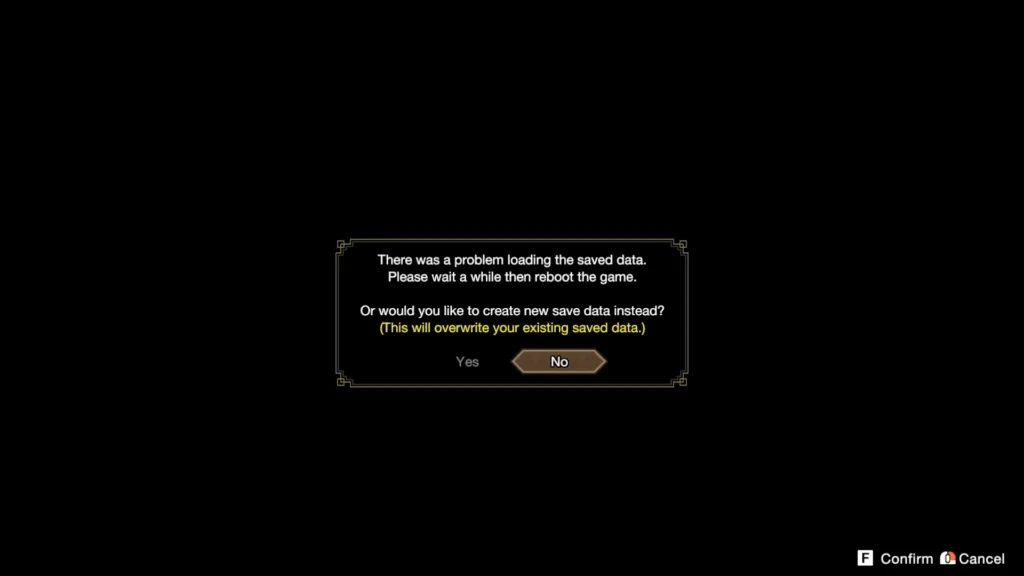Are you left staring at your desktop after Rust crashes yet again while loading into a server?
It’s incredibly frustrating when you’re all set to survive and thrive in the post-apocalyptic world, only to find the game won’t cooperate.
In this article, we’ll explore the common culprits behind these crashes and provide you with a series of actionable steps
Why Does My Rust Keep Crashing When Loading Into A Server?

1. Outdated Graphics Drivers
One of the most common reasons for Rust to crash is having an outdated graphics driver. Games like Rust are graphically intensive and require the latest drivers for optimal performance. Updating your graphics driver can resolve many crashing issues.
2. Corrupted Game Files
If game files are missing or corrupted, Rust might crash when attempting to load into a server. This can happen after an update or if the game didn’t install correctly. Verifying the integrity of game files through Steam can fix this issue
3. Outdated Steam Client
An outdated Steam client can also cause Rust to crash. Ensuring that your Steam client is up to date is important for game stability.
4. Low Virtual Memory
Virtual memory is used when the RAM is full, and if it’s set too low, it can cause games like Rust to crash. Adjusting virtual memory settings can help prevent crashes.
What To Do My Rust Keep Crashing When Loading Into A Server?
To resolve the issue of Rust crashing, you should try updating your graphics card drivers and ensure that Steam is up to date. Additionally, try running Steam as an administrator.
Down below, we have discussed the solution in step-by-step detail.
1. Check System Requirements For Rust
make sure your PC meets the minimum system requirements for Rust.
If your system falls short, it may struggle to run the game, leading to crashes when attempting to load into a server.
Upgrading your hardware to meet or exceed the recommended requirements can provide a more stable gaming experience.
Here are the System Requirements for you to check :
- Minimum Requirements:
- OS: Windows 7 64bit
- Processor: Intel Core i7-3770 / AMD FX-9590 or better
- Memory: 10 GB RAM
- Graphics: GTX 670 2GB / AMD R9 280 better
- DirectX: Version 11
- Storage: 20 GB available space
- Internet: Broadband Internet connection
- Recommended Requirements:
- OS: Windows 10 64bit
- Processor: Intel Core i7-4690K / AMD Ryzen 5 1600
- Memory: 16 GB RAM
- Graphics: GTX 980 / AMD R9 Fury
- DirectX: Version 12
- Storage: 20 GB available space
- Internet: Broadband Internet connection
2. Update Your Graphics Drivers
Ensure that your graphics card drivers are up to date. You can usually find the latest drivers on the manufacturer’s website or through your graphics card’s control panel.
Here are the steps to Update Your Graphics Drivers:
- Open “Device Manager” (Win key + X, then select it).
- Expand “Display adapters.”
- Right-click on your graphics card and select “Update driver.”
- Choose “Search automatically for updated driver software.”
- Follow the on-screen instructions and restart your computer after the update.
3. Update Steam Client
Make sure your Steam client is updated to the latest version by restarting Steam or checking for updates in the “Steam” menu.
An outdated client can lead to compatibility issues with games like Rust, which may cause crashes.
Steam typically updates itself automatically upon restart, so closing and reopening the client can ensure you’re running the most current version.
4. Run Steam As An Administrator
Running Steam with administrative privileges can help resolve some compatibility issues that may cause Rust to crash when loading into a server.
Here are the steps to Run Steam as an Administrator:
- Right-click the Steam shortcut or executable.
- Select “Run as administrator.”
- Confirm any User Account Control prompts to grant administrative permissions.
5. Check For Discord Overlay Issues
The Discord overlay is known to cause conflicts that may result in Rust crashing when joining a server.
If you have Discord running, try disabling the overlay feature within Discord’s settings or, as a more definitive step, temporarily uninstall Discord to determine if it’s the source of the problem.
Addressing Discord overlay issues has helped many users avoid crashes and enjoy a smoother Rust gaming experience.
6. Uninstall And Reinstall Rust
If all else fails, you can try reinstalling Rust. Uninstall the game, delete any remaining files in the installation directory, and then reinstall Rust through Steam.
This process can help eliminate any persistent errors or data corruption that might not be resolved through other troubleshooting methods.
- Open Steam and go to your Library.
- Right-click on Rust and select “Uninstall.”
- Click “Delete” to confirm the uninstallation.
- Navigate to the Rust installation folder (usually
C:\Program Files (x86)\Steam\steamapps\common\Rust). - Delete any remaining Rust files or folders.
- Restart Steam.
- Go to the Store, search for Rust, and click “Install.”
- Follow the on-screen instructions to reinstall Rust.
